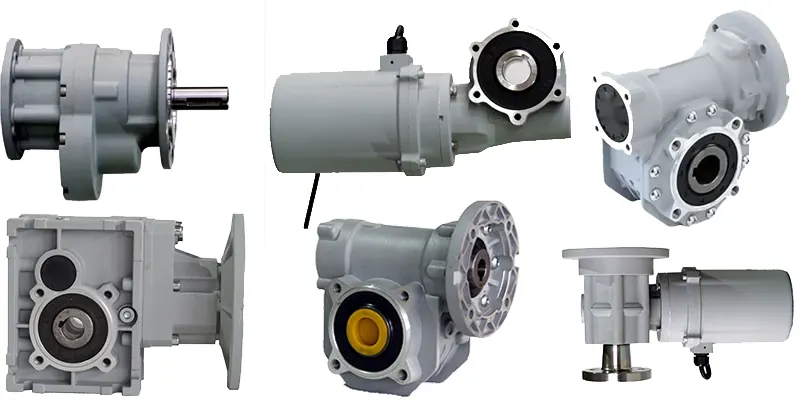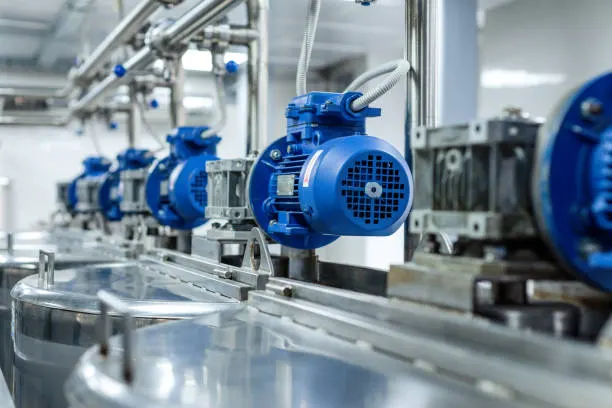Gearbox reducer is an indispensable part of industrial equipment, widely used in various mechanical transmission systems. Choosing the right gearbox reducer is essential to ensure the normal operation of equipment, improve efficiency and extend service life.
1. Understanding the Basic Concepts of Gearbox Reducers
1.1 Definition of Gearbox Reducer
A gearbox reducer is a device that reduces speed and increases torque through gearing. It usually consists of an input shaft, an output shaft, a gear train and a case.
1.2 Main Types of Gearbox Reducer
Planetary gear reducer: compact structure, strong load carrying capacity, suitable for high-precision occasions.
Parallel shaft gear reducer: simple structure, lower cost, suitable for general industrial applications.
Worm gear reducer: large transmission ratio, strong self-locking function, suitable for low-speed and heavy-duty occasions.
2. Determining Application Requirements
2.1 Load type
Constant load: small load variation, e.g. conveyor belts.
Variable load: large load variation, e.g. cranes.
2.2 Speed and torque requirements
Input speed: the speed of the motor or other power source.
Output speed: the speed required by the equipment.
Torque: the torque required by the equipment.
2.3 Working environment
Temperature: High or low temperature environment.
Humidity: humid or dry environment.
Corrosiveness: Whether there is corrosive gas or liquid.

3. Selecting a Suitable Gearbox Reducer
3.1 Determining the reduction ratio
The reduction ratio is the ratio of the input speed to the output speed. Select the appropriate reduction ratio according to the required speed and torque of the equipment.
3.2 Selection of gear type
Select the appropriate gear type according to the type of load and working environment. For example, a planetary gear reducer is suitable for high-precision occasions, and a worm gear reducer is suitable for low-speed and heavy-duty occasions.
3.3 Consider the installation method
Horizontal installation: suitable for most occasions.
Vertical mounting: suitable for occasions with limited space.
3.4 Determine the size and weight
Select the appropriate size and weight according to the installation space and load capacity of the equipment.
3.5 Consider maintenance and life
Select a gearbox reducer that is easy to maintain and has a long life to reduce maintenance costs and downtime.

4 Evaluating Suppliers and Brands
4.1 Supplier reputation
Select suppliers with good reputation and word-of-mouth to ensure product quality and after-sales service.
4.2 Brand selection
Choose gearbox reducer of famous brand, usually with more guaranteed quality.
4.3 Price and cost-effective
Under the premise of meeting the demand, c
